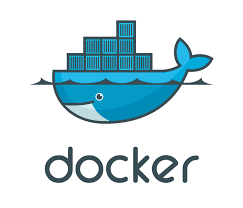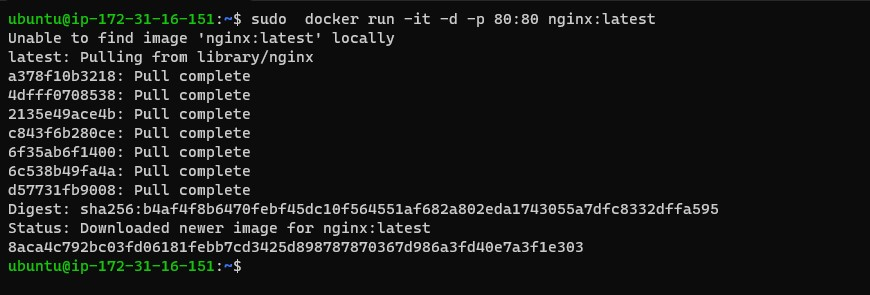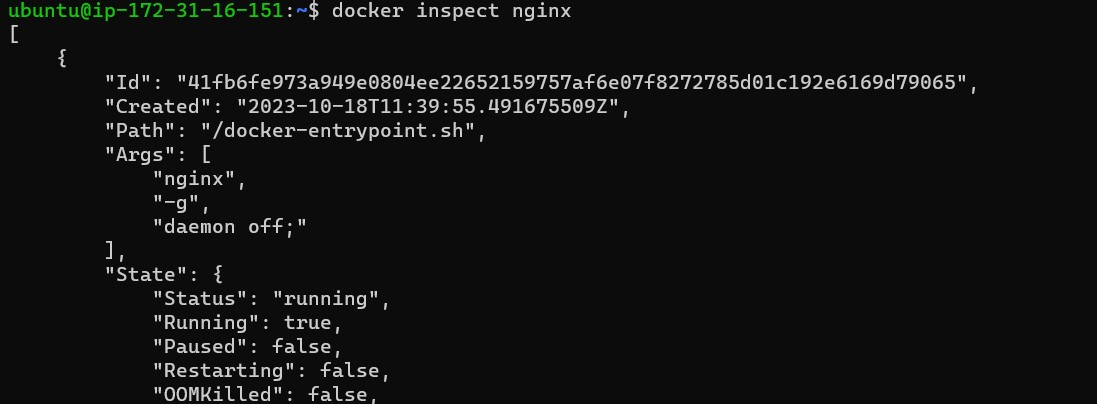Day 16 : Docker for DevOps Engineers.
 priyanka varshney
priyanka varshney
Docker:
Docker is an open-source containerization platform that provides a way to package an application and its dependencies into a single container image. These container images are lightweight, consistent, and include everything necessary to run the application, such as the code, runtime, libraries, and system tools. This ensures that the application behaves consistently across different environments, making it easier to develop and deploy software.
Containers: Containers are instances of Docker images.
Docker Images: Docker images are the blueprints for containers.
Dockerfile: A Dockerfile is a script that defines the steps to create a Docker image.
Docker Hub: Docker Hub is a registry service provided by Docker that hosts a vast collection of pre-built Docker images.
Container Orchestration: Docker also integrates with container orchestration tools like Kubernetes, Docker Swarm, and others. These tools help manage and scale containers in production environments.
Portability: One of the significant advantages of Docker is its portability. You can develop an application in a Docker container on your laptop, and then run the same container on a server or in the cloud, ensuring consistency in behavior.
Version Control: Docker images and containers can be versioned, making it easy to track changes and roll back to previous versions if necessary.
Tasks:
Use the
docker runcommand to start a new container and interact with it through the command line.The
docker runcommand is used to create and start a container from a Docker image.
Use the
docker inspectcommand to view detailed information about a container or image.The
docker inspectcommand is used to display detailed information about Docker objects, such as containers, images, volumes, networks, etc.

Use the
docker portcommand to list the port mappings for a container.The
docker portcommand is used to view the public ports of a running container.

Use the
docker statscommand to view resource usage statistics for one or more containers.The
docker statscommand is used to display a real-time stream of resource usage statistics for running containers.
Use the
docker topcommand to view the processes running inside a container.The
docker topcommand is used to display information about processes running within a container
Use the
docker savecommand to save an image to a tar archiveThe
docker savecommand is used to save one or more Docker images to a tarball archive.

Use the
docker loadcommand to load an image from a tar archive.The
docker loadcommand is used to load Docker images from a tarball archive.
Thank you for reading :-)
Priyanka varshney
Subscribe to my newsletter
Read articles from priyanka varshney directly inside your inbox. Subscribe to the newsletter, and don't miss out.
Written by

priyanka varshney
priyanka varshney
👋 Hello, and welcome to my DevOps journey! 🚀 I am Priyanka Varshney,🛠️ As an aspiring DevOps engineer, I'm all about bridging the gap between development and operations, making software delivery seamless and efficient. 💻🔧 On this Hashnode blog, I'll be sharing my learnings, experiences and adventures as I dive deep into the world of continuous integration, automation, and cloud technologies. ☁️⚙️ Let's connect, learn, and grow as a vibrant DevOps community. Follow my Hashnode blog, and let's embrace the DevOps adventure together! 🤝🔗